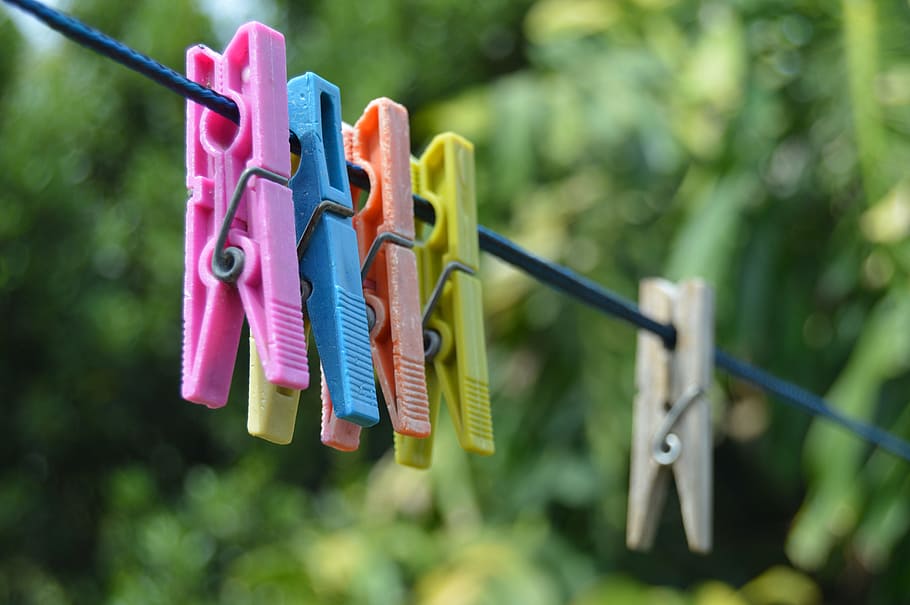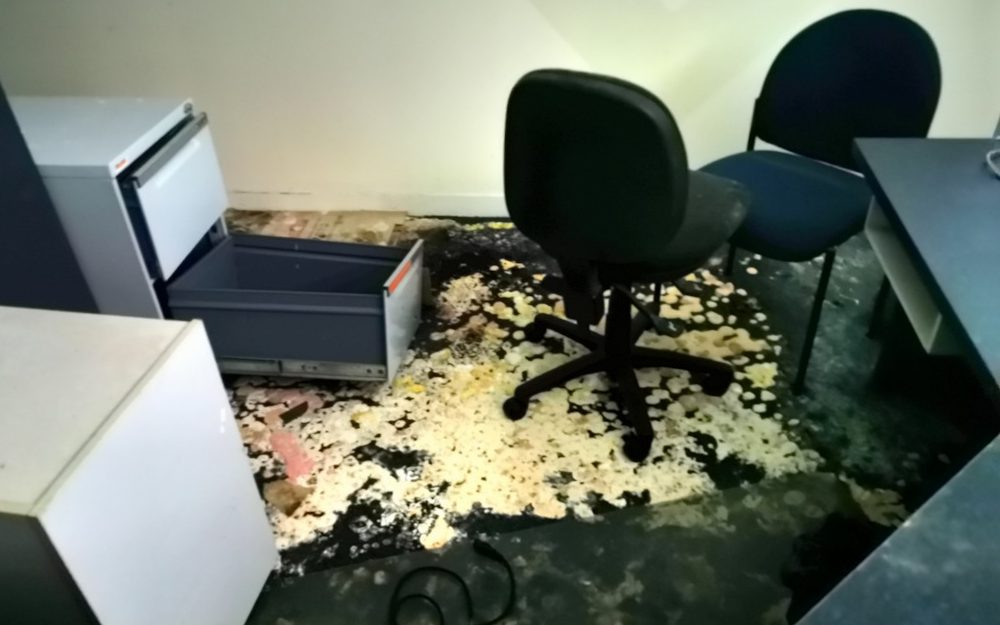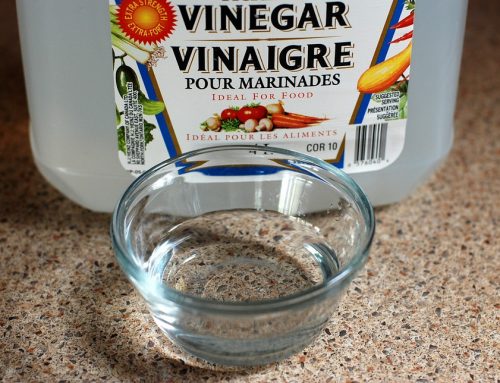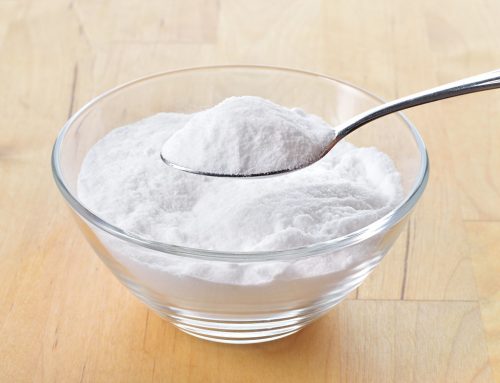If you have ever left a piece of cloth damp or wet for a prolonged period of time, such as leaving them in a laundry basket, or left it under your bed and forgot about it for a week, it is possible that mould has accumulated on it over that period of time.
Mould can can grow anywhere in moist and damp environment and that includes clothes. It also requires nutrients that can be found on your clothes which are made of cotton and other organic materials. How to remove mould from clothes?
Bear in mind that most of the time, clothes are too damaged to be cleaned with any products. Get an inspection to assess the damage and check if there is any items you can retrieve.

HouseHold Products that Kill Mould from Clothes
Tips to Remove Mould from Clothes
Before moving on any further, it is recommended to check the garment care tag on your clothes first as it will give you instructions how to wash it properly without ruining it, such as temperature recommended. For the best results, it is recommended to wash in hot water and that you use the maximum temperature supported. Hot water is more effective than warm or cold water as it removes mould spores and any allergens. You can scrub the stain using a clean toothbrush to help cleaning it. Once wash, it is best to dry it under the sun as ultraviolet lights will help kill the mould.
How to Remove Mould from Clothes with Bleach
Before you use bleach on your clothes make that the care tag do not mention anything like “do not bleach”, doing so can fade your clothes colours so it best that you use it on whites. Alternatively, you can spot test the bleach mixed with water beforehand on a hidden part of the garment like inside them to make sure the colours won’t fade; or you can use commercial bleaching detergents so don’t have to mix it with water.
Make sure to always follow the label’s instructions to prevent any damage. You can add the bleach to your washing machine and run it like normal or soak your clothes in bleach and leave them for a few hours, so you can make sure the colours don’t start fading. After soaking, you can wash your clothes with laundry detergent in the washing machine like normal
How to Remove Mould from Clothes with Vinegar
Vinegar can also be a great option to kill Mould and remove any mouldy smell Soak your clothes in a bucket of water with one cup of vinegar and leave them there for at least one hour. Afterwards, you can wash them normally in your washing machine using detergent.
Make sure to never mix vinegar with bleach as it can create toxic smell
How to Remove Mould from Clothes with Borax
Borax is a natural Mould Killer and does not produce any toxic fumes. You can either buy it as a powder or detergent form. Just dissolve it in hot water and add it to your washing machine as normal.
Preventing Mold on Clothes
If you see mould growing on your clothes, the most common reason is because you have left them in a wet or damp place for too long, where it has accumulated moisture over time. If you have wet clothes at home either after washing them or using them make sure to dry them as soon as possible – such as hanging on the line outdoors where they can air out. The same applies for towels, shoes or swimming gear.
If mold is not visible, it can cause itchiness when wearing clothes affected by mould contamination, skin rash and sneezing. Mould can also damage your clothing, since it needs nutrients to grow and proliferate. It will digest whatever material it finds, and destroying your clothing over time.
Do not let your clothes sit indoors, as mould can start growing within a day. Sweaty clothes, socks, swimming gear and wet clothes can be dried under the sun before bringing them indoors. Read more about Mould Prevention.
Not only wet clothes can see mold growing on them but they can also affect the humidity of the room you leave them in by releasing mould spores in the air. Increase in humidity leads to more potential of mould growing in your home.

When to Get Professional Mould Treatment Services
Even after following all the steps we have outlined above, it is still possible for mould to persist. If this happens, keep repeating the whole process.
For more extreme cases of mould, it is best to require professional services which will ensure mould is eliminated for good. For example, mould can grow on other textiles such as upholstery and carpets and dealing with mould on them can be a very time-consuming and tedious job – only if they can be restored. For these situations, professional services may be required, where we can go through your contents with you see what can be salvaged and what can’t.
If you are having mould issues, get in touch with us and provide as much information as you can to help us provide an adequate free quote online.



